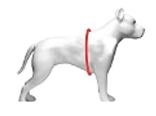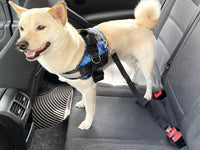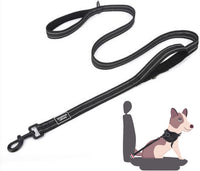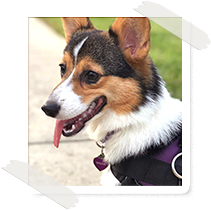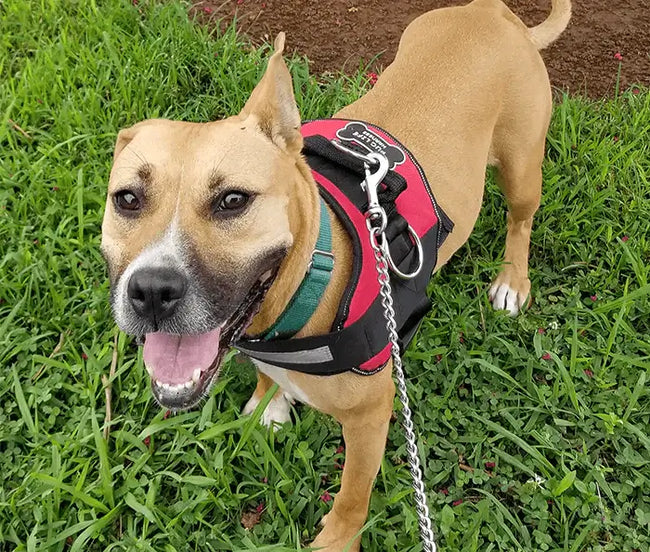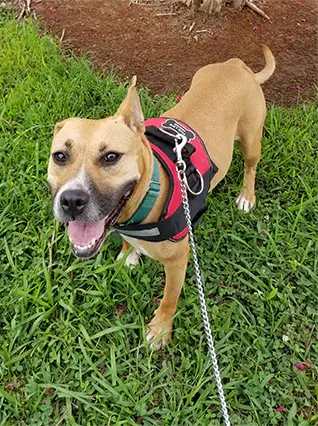The Science Behind Your Dog's Nose

Dogs are sniffing everything and anything and then worrying about what the heck is happening. They’re really curious pros at smelling, but what’s the science behind those boopable noses? What puts the sniff in sniffer? After trying to wrap our own minds around the power of a dog’s nose, we decided to do a bit of research and dive into the topic ourselves.
The best way to paint how brilliant dogs and their noses are is to compare humans and dogs. What we lack that dogs have. For starters, dogs have 300 million olfactory receptors (ORs) in their nose. By explanation, olfactory receptors (ORs) are “also known as odorant receptors, are expressed in the cell membranes of olfactory receptor neurons and are responsible for the detection of odorants (i.e., compounds that have an odor) which give rise to the sense of smell”. On the other hand, humans only have six million olfactory receptors. That means dogs have fifty times the amount of olfactory receptors that humans have, and how they can handle all those smells? Pee yew!
Then again... they breathe differently than us too!
Picture it. We, humans, inhale and smell through the same airways in our nose. Dogs on the other hand will inhale and the fold of tissue that’s inside their nose keeps functions separate. In other words, that fold of tissue creates two different airflow paths. One of the paths is specific for odors while the other is purely for respiration.

To build off of that, when we’re smelling things, it joins the breathing process. The air and smells we take in are exhaled together whereas only 12% of dogs’ breathing air makes it to those odor receptors. In that, we find comfort that they’re not breathing in funky smells 24/7 because we all can relate to trying to breathe in an elevator when a trumpet goes off.
That’s not all though! There’s more. Dogs have a second olfactory system but it’s more unique to the purpose of mating. There’s an organ called the “vomeronasal organ” - also known as Jacobson's organ - which detects pheromones, helping dogs identify potential mates. It’s fascinating because dogs are able to differentiate between these smells and pheromones. If pheromones are detected by the second olfactory system, it does not mix with the odors picked up by the first olfactory system.
No wonder dogs make excellent scent-trackers, security dogs, etc. They pretty much have a superhuman (uh...doggo) ability when it comes to this sense! Heaps of studies have come about detailing dog noses and how they aid in different areas and different lives. Keep an eye out for more! In the meantime...how’s your doggo’s sniffer?

This is just a sampling of tips and informational posts we offer at Joyride Harness. You can find more content including tips and tricks and how-tos for caring for your dog on our blog at this section. Feel free to leave a comment or message us on our social media pages with tips you’re looking for!







